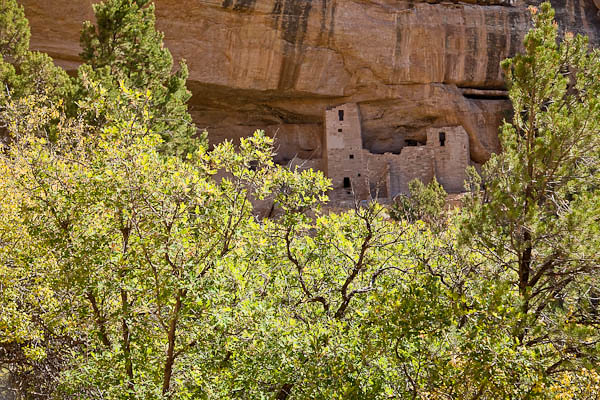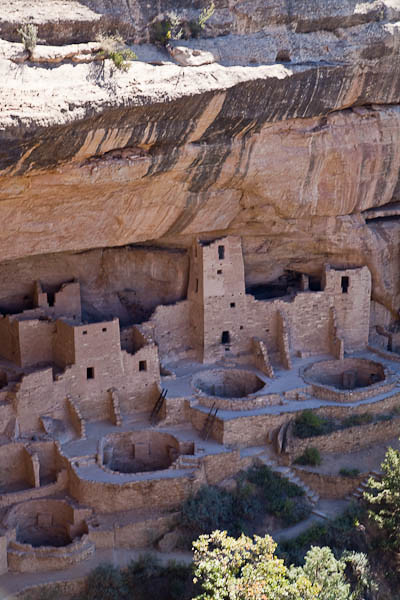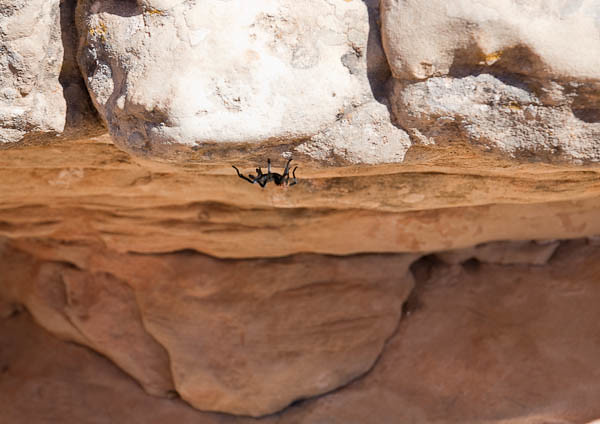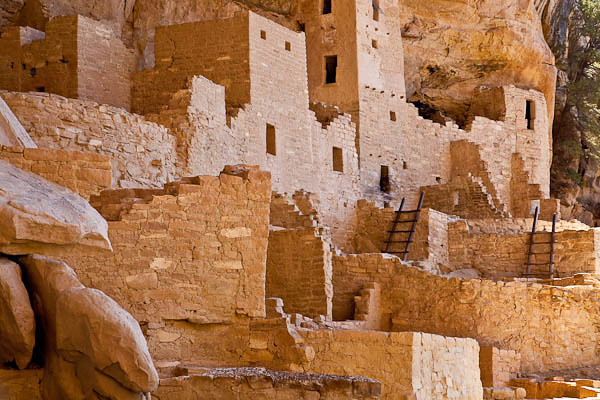
https://www.circologhislandi.net/en/conferenze/Tramadol 50Mg Buy Uk From Afar, Cliff Palace © 2010 Bo Mackison
There it was, occupying a great oval space under a grand cliff, wonderful to behold, appearing like an immense ruined castle with dismantled towers. ~ Frederick Chapin, 1891, the first published account of Cliff Palace
Mesa Verde National Park was established in 1906 by proclamation of President Theodore Roosevelt. It was the first national park that set aside land to protect the culture of a people. The park is also a designated United Nations World Heritage Site. It is located near the Four Corners area (where the borders Colorado, New Mexico, Utah, and Arizona meet) in the southwestern corner of Colorado.
The Pueblan Ancestral people lived in this area from about 500 AD to 1200 AD, a span of approximately 700 years. In the early 1200s, a migration of the people took place, and Mesa Verde was deserted in just a couple of generations. Reasons for their departure remain speculative.
Mesa Verde National Park offers guided tours of five different cliff dwellings locations in the park. The tour groups are limited in number and size. All tickets are sold in the Visitor Center and it is a good idea to get there early, especially during the peak months, to get tickets. Access to the sites is limited to protect these sensitive archeological and cultural areas, but a guided tour is well worth the time and money.
We had an unexpected visitor on our tour, and I don’t think he bought a ticket either! I didn’t get too close to this hairy tarantula nor did I do much research on this spider. If you are curious you can check out the link.
The Cliff Palace has more than 150 rooms, usually about 6 feet x 8 feet in size, and 23 kivas, circular pits that were used as ceremonial structures. At its peak, about 1200 AD, there were perhaps 100 inhabitants in this particular dwelling. It is theorized that this, one of the few complex building sites in the region, was used more for administration of the nearby people and ceremonial rituals. Most ruins throughout the National Park and surrounding area were one and two room structures, many on the mesa tops, not tucked into the cliff overhangs.
More photos from Mesa Verde in the next post.










Oh, my heavens! I’m not sure how I would feel seeing that in person, Bo. I’ve seen Montezuma’s Castle, but it is very small in comparison. Still, I had such a feeling of presence there of something. This is grand, massive, powerful. Words are not adequate. Lucky you.
On a lighter note, and I almost forgot, but that tarantula looks upside down! Is he? Or it just the perspective? Very cool – I would like to see a tarantula in the wild … from a distance. LOL!
Yep, upside down. And you’ll notice, I DID keep my distance…
That’s a fascinating place. I’ve spent a lot of time over the years thinking about it and wondering why they left.
Fascinating place. Even though spiders creep me out, I must say your image of the spider is fantastic.
What an amazing place!
Visiting your blog always reminds me that there are so many places I’ve yet to see.
The spider is way cool and the photos give a great sense for the massiveness of the settlement.
What a fascinating place to visit, Bo, and great photos you have taken too.
In Australia we have a spider that is similar to, if not the same, as tarantulas. We call them ‘huntsmen’.
We have them in our houses quite often during the summer months and we seem to all co-exist quite happily! I think they’re more scared of us than we are of them!